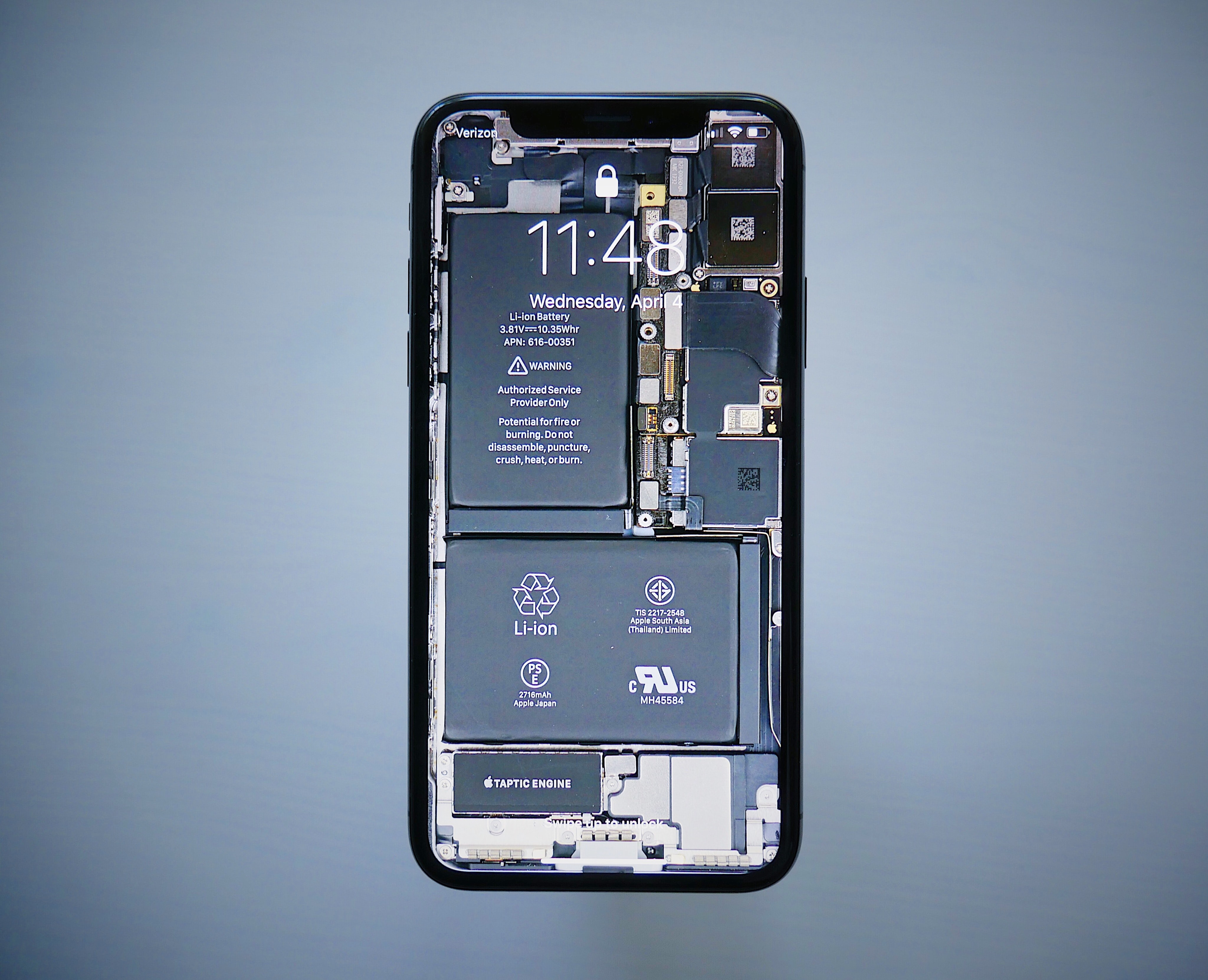
We can address racial inequality right now if we reimagine digital services.
As of now, the standard operating procedure for getting a coronavirus vaccine across the entire country is some variation of this:
- Log on to a website.
- Cross your fingers.
- Take any appointment you can get. No times left? Rinse and repeat.
So is it really any wonder that vaccination rates in black and brown communities are lagging? The baseline tech for scheduling appointments makes assumptions that are completely out of touch with the reality of older, minority, and impoverished Americans.
FEMA is working to counter this with mobile vaccination units and community outreach, but those efforts are band-aids on top of a fundamentally inequitable foundation. And as the population eligible for vaccines expands, the scheduling nightmare will only get worse. Think about it: For the vast majority of Americans, it’s almost impossible to get a coronavirus vaccination if you don’t have a computer or smartphone and reliable internet access. That means a connection reliable enough to get online and stay connected through the time-consuming process of snagging a spot and completing registration. While many of us take these things for granted, they are far from a universal resource.
A 2020 Deutsche Bank study on America’s racial tech gap found that Black and Hispanic communities are essentially ten years behind their white counterparts when it comes to technology. This includes every aspect of the digital landscape, from access to devices to broadband service to digital literacy and training. We've written before about the need to close this insidious “digital divide” and how we might do it. But even if we had a broad consensus about the best strategy to do this, adequate funding, and heroic efforts, this disparity won’t disappear overnight, or even in a year or two.
So in the meantime, we need to be designing public services that acknowledge this gap and bridge it. Coronavirus vaccine appointment systems are a classic example of how defaulting to screen-based services can exclude large portions of the population. That isn’t to say that people shouldn’t be able to go online to book a vaccine appointment. But there have to be other avenues for individuals who lack the access or ability to use the traditional screen-based interface. Specifically, the same structured content and voice integration that lets us text for an update on our online order or find our local forecast using Alexa should be leveraged to create appointment services that are accessible by a phone or text message interaction.
Vaccine appointments are just the beginning of how this shift in tech could revolutionize access. Imagine being able to call a public services portal and say, “I need help finding housing,” or “I lost my job,” and then get tailored help finding the resources you need. Imagine being able to text a number for “free clinics near me.” Just recently, we launched an A.I.-powered agent that can collect consumer complaints using a desktop chatbot, over the phone, or via text message. Individuals no longer need to navigate a six-page form to log their complaint but instead can use the tech that’s most comfortable and convenient for them. When we put services online, we should be building them in ways that make the essential content accessible from many different devices, meeting individuals where they are and simplifying interactions that are now seen as frustrating or even painful.
Some of the technology to make this happen has existed for decades, and its value is proven. This year will mark the twentieth anniversary of the debut of Amtrak’s automated telephone scheduling assistant, Julie. As someone who took my fair share of east coast Amtrak trips in the intervening years, I’ve had many a pleasant chat with Julie to book or change my tickets. It was easy and effective, even before we all had little computers in our pockets. In 2012, that service was upgraded to become a complete “virtual assistant” experience online and over the phone. Amtrak has reported an 800 percent return on this investment.
This approach is not without potential pitfalls. A growing body of evidence suggests that when artificial intelligence of the type that could power easy voice or text interactions is being developed, it often inherits the same types of biases that plague our larger society. As we address the need for a greater diversity of options for users from all backgrounds and circumstances, we’ll need to be intentional about making sure these options don’t just replicate discriminatory practices or create new barriers for access.
We have to close the racial tech gap. COVID has proven that lives depend on expanding broadband and access to digital devices. Fortunately, some of our leaders are waking up to the need to put this issue front and center. Baltimore Mayor Brandon Scott just appointed the city’s Director of Broadband and Digital Equity to focus on finding solutions to this festering problem. We need more efforts like this across the country.
In the meantime, we should be designing digital services that are as accessible as possible to people with all levels of digital access and ability. If we kill the screens, we can reach across the digital divide and provide life-changing and life-saving services to the people who need them most.
Speaking of eliminating barriers to access, have you heard about our Accessibility Barometer? You can sign up for a free review of your public site, with easy-to-understand analysis of how your site is working for a wide swath of users. Let us help you figure out where you can get started supporting easier access for all.
What should tomorrow’s digital services look like? We need more and better ways to interact with government services, from public assistance programs to small business loans. Check out my list of eight big ideas for creating digital services that will benefit all of us.